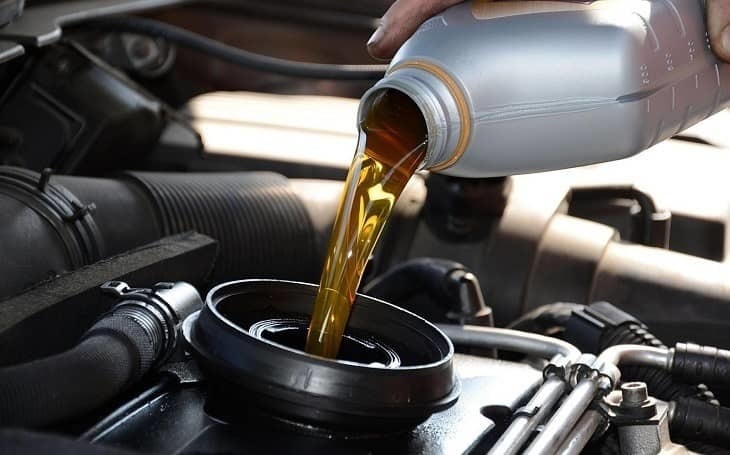 Engine oil is designed not only to lubricate the engine but also to dissipate heat, as well as to clean the engine from carbon deposits and dirt. By pouring low-quality lubricants into the car, you are running a risk of reducing the efficiency of the engine because of insufficient lubrication of movable parts. Poor car oil can also cause the deformation of the movable part because of friction against each other. How to choose a high-quality oil, which will allow your car to drive longer?
Engine oil is designed not only to lubricate the engine but also to dissipate heat, as well as to clean the engine from carbon deposits and dirt. By pouring low-quality lubricants into the car, you are running a risk of reducing the efficiency of the engine because of insufficient lubrication of movable parts. Poor car oil can also cause the deformation of the movable part because of friction against each other. How to choose a high-quality oil, which will allow your car to drive longer?
Below we have outlined 5 main characteristics of high-quality car oil that won’t cause engine failure.
1. High viscosity
The viscosity of the oil is one of the key properties of this product. A high-quality oil should have a low viscosity at high temperatures, creating a strong oil film between rubbing parts. It needs to be high enough to ensure a smooth "cold" start at low temperatures. The higher the viscosity index, the wider the temperature range it provides for the engine.
Cheaper mineral products without viscous additives can have a viscosity index from 80 to 100, but more expensive ones have an index of 120-150. The viscosity index of high-quality oils can reach up to 200. Such high viscosity allows the engine to operate in wide temperature ranges. Thanks to high viscosity-temperature properties, a reliable oil film is created between friction units even during prolonged driving at maximum speeds and loads.
2. Stability over a wide temperature range
There are two main parameters of the car oil that are flash point and pour point. The flash point of good oil is at least 220 degrees. In oils with lower flash points, the fractions evaporate and burn out quickly. This leads to increased consumption of lubricant, as well as deterioration of low-temperature properties.
The pour point should be as low as possible. An oil with a high pour point becomes more viscous at negative values due to the crystallization of paraffin. This will lead to a lack of lubrication of moving parts and the engine brake. After the engine brake, it will be cheaper to sell your old car for cash and buy a new one, rather than repair the engine. Quality products have a flash point of 230 degrees and a pour point of -43 degrees. Due to these properties, driving a car even in harsh conditions will not be a problem.
3. High base number
The base number (TBN) indicates the total alkalinity of the oil. This parameter demonstrates the resistance of the grease to oxidation at high temperatures and determines the rate of deposit formation. Alkalinity indicates the amount of detergent and dispersant. The higher this value, the better this oil will be for your car. On average, in oils for gasoline engines, alkalinity needs to be 8–9 mg KOH/g. In the higher-quality lubricants, this value can be more than 10 but lower than 14 mg KOH/g.
4. Low sulfated ash
During the driving, all oil additives burn out and form ash, consisting of slags and carbon deposits. This ash settles on engine parts, especially pistons, valves, and rings, resulting in reduced efficiency. Sulfated ash shows how much ash remains once the oil is burned and is measured as a percentage of the total weight of the lubricant. In the good oil, the sulfated ash content does not exceed 1.1%.
5. Complete set of additives
A good car oil must contain the following additives:
Detergents. Prevent the formation of varnish deposits on engine parts, neutralize acidic components, and prevent corrosion
Antiwear. Prevents wear of rubbing engine parts
Anti-foam. Destroys air bubbles and prevents foam forming
Depressor. Lowers the pour point and prevents the growth of wax crystals expanding the operating temperature range
Oxidation inhibitors. Slow down the oxidation of oils and the formation of corrosive deposits.
Corrosion and rust inhibitors. Protect the surface of engine parts from corrosion caused by organic and mineral acids
Friction modifiers. Reduce the coefficient of friction between rubbing parts
